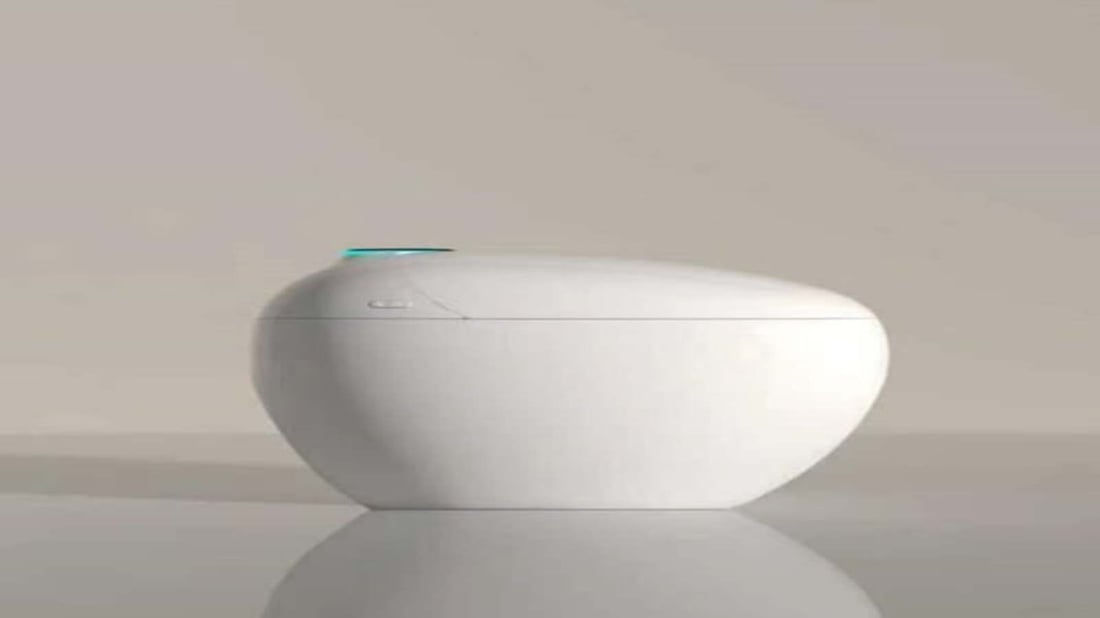Energy Efficiency of Smart Toilets
Smart toilets are equipped with advanced features such as bidet functionality, heated seats, and automatic flushing. Despite these high-tech features, smart toilets are designed to be energy efficient. The energy consumption of smart toilets is comparable to traditional toilets, as most of the electricity is used for powering the bidet and seat heating functions. With proper usage and settings adjustment, smart toilets should not significantly increase your electricity bill.
Standby Power Consumption
One of the concerns with smart toilets is the standby power consumption when not in use. Smart toilets require a minimal amount of electricity to power the control panel and sensors even when not in use. However, manufacturers are continuously improving energy-saving features to minimize standby power consumption. It is recommended to turn off the power when the smart toilet is not in use for an extended period to further reduce electricity usage.
Sensor Technology
Smart toilets are equipped with sensor technology to detect movement and activate certain functions such as automatic flushing. The sensors require a small amount of electricity to operate efficiently. The energy usage of sensors is minimal compared to the overall electricity consumption of the smart toilet. The sensors enhance the user experience and contribute to the convenience and energy efficiency of smart toilets.
Heated Seat Function
One of the popular features of smart toilets is the heated seat function, which provides comfort during the winter months. The heated seat function consumes electricity to maintain the desired temperature. While the heated seat function adds to the energy consumption of smart toilets, it is a relatively small portion of the overall electricity usage. Users can adjust the temperature settings to optimize energy efficiency while still enjoying the comfort of a heated seat.
Bidet Functionality
Smart toilets often come with bidet functionality for personal hygiene and cleanliness. The bidet function uses water and electricity to operate. The electricity usage of the bidet function is minimal compared to other household appliances. Users can customize the water pressure and temperature settings to ensure efficient use of electricity while benefiting from the convenience and hygiene of the bidet function.
Energy-Saving Features
Manufacturers of smart toilets are incorporating energy-saving features to reduce electricity consumption. Some smart toilets have eco-friendly modes that optimize energy efficiency by adjusting the power usage based on usage patterns. These energy-saving features help minimize the environmental impact of smart toilets while providing users with a cost-effective and sustainable bathroom solution.
Sustainability Benefits
Smart toilets are part of the growing trend towards sustainable and energy-efficient home appliances. By using energy-efficient components and features, smart toilets contribute to reducing overall energy consumption in households. The sustainability benefits of smart toilets extend beyond electricity usage to water conservation, as many models come with water-saving features that help reduce water wastage and promote eco-friendly practices.
Cost Comparison with Traditional Toilets
When considering the overall cost of smart toilets, it is important to compare the electricity usage with that of traditional toilets. While smart toilets may have additional energy requirements for advanced features, the difference in electricity consumption is not significant. The initial investment in a smart toilet may be higher, but the long-term savings from energy efficiency and water conservation can offset the cost over time.
User Experience and Convenience
The energy usage of smart toilets should be viewed in the context of the enhanced user experience and convenience they provide. Features such as automatic flushing, customizable settings, and personalized comfort options add value to the overall functionality of smart toilets. While electricity consumption is a factor to consider, the benefits of using a smart toilet in terms of comfort, hygiene, and convenience are paramount.
Recommendations for Energy Efficiency
To optimize the energy efficiency of smart toilets, users can follow certain recommendations such as adjusting the settings to conserve energy, turning off the power when not in use, and utilizing eco-friendly modes if available. By being mindful of electricity usage and making conscious choices, users can enjoy the benefits of smart toilets while minimizing their environmental footprint and electricity costs.
Quote Inquiry
Contact us

